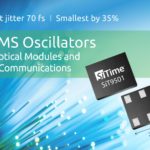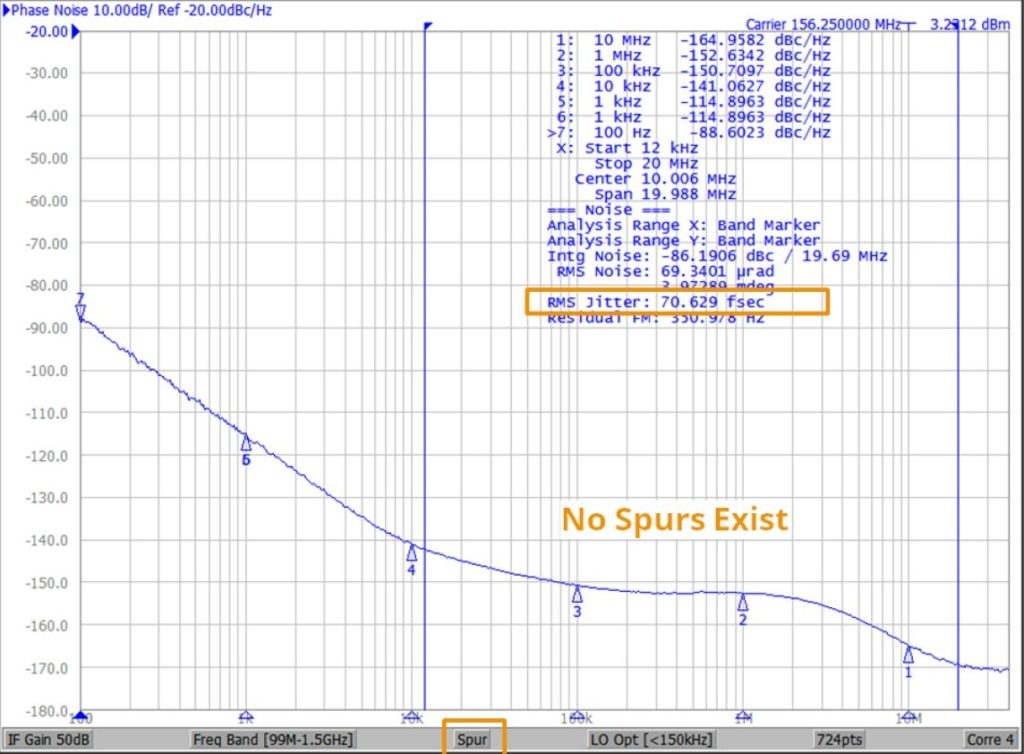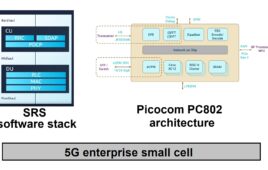The SiT9501 from SiTime can reduce noise and jitter in network communications.
 5G is more than a wireless access technology. Behind the radios sits copper and optical communications links to move data to their destinations. As communications links continue to increase data rates, the timing of a bit shrinks and timing gains in importance. That’s were oscillators and their phase noise come in. Oscillators need ever lower phase noise to minimize bit jitter. The SiT9501 MEMS oscillator from SiTime produces just 70 fsec of phase noise.
5G is more than a wireless access technology. Behind the radios sits copper and optical communications links to move data to their destinations. As communications links continue to increase data rates, the timing of a bit shrinks and timing gains in importance. That’s were oscillators and their phase noise come in. Oscillators need ever lower phase noise to minimize bit jitter. The SiT9501 MEMS oscillator from SiTime produces just 70 fsec of phase noise.
The SiT9501 is available in 14 output frequencies ranging from 25.000000 MHz to 644.531250 MHz. It’s four temperature ranges of -20°C to 70°C as well as -40°C to 85°C, 95°C, and 105°C let it operate outdoors in most parts of the world. You can design it into remote-radio heads, baseband units, and distribution units to provide timing references.
 Because you can never have enough board space, the SiT9501’s 2.0 mm × 1.6 mm package minimizes the space need for an oscillator on your board.
Because you can never have enough board space, the SiT9501’s 2.0 mm × 1.6 mm package minimizes the space need for an oscillator on your board.




Datasheet please
We’ve added a link. Here it is again.
https://www.sitime.com/products/differential-lvpecl-lvds-hcsl-oscillators/sit9501